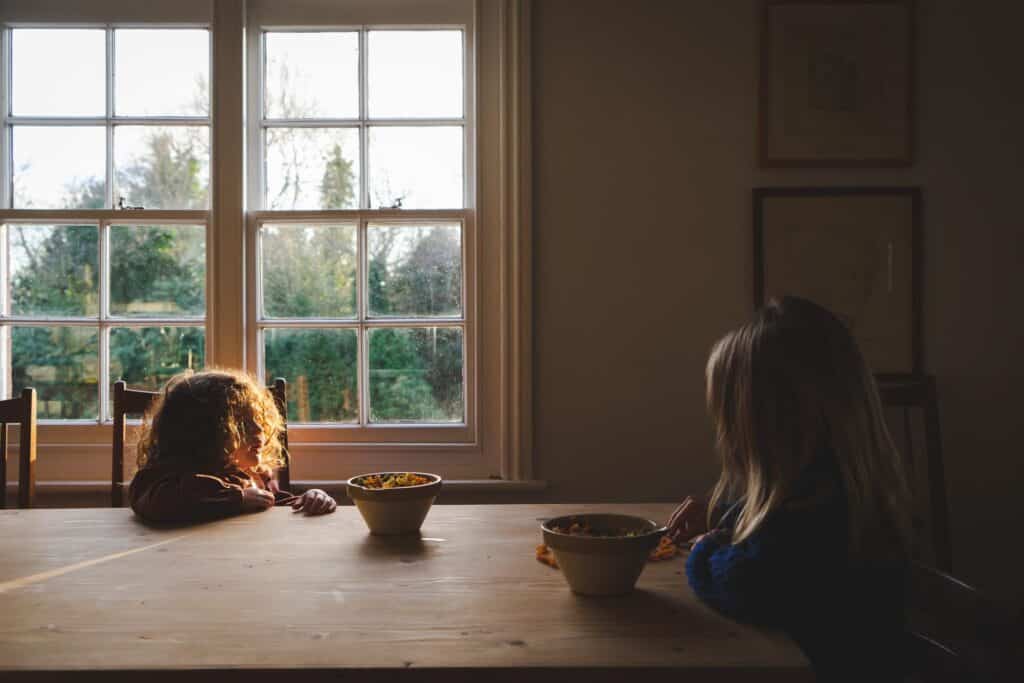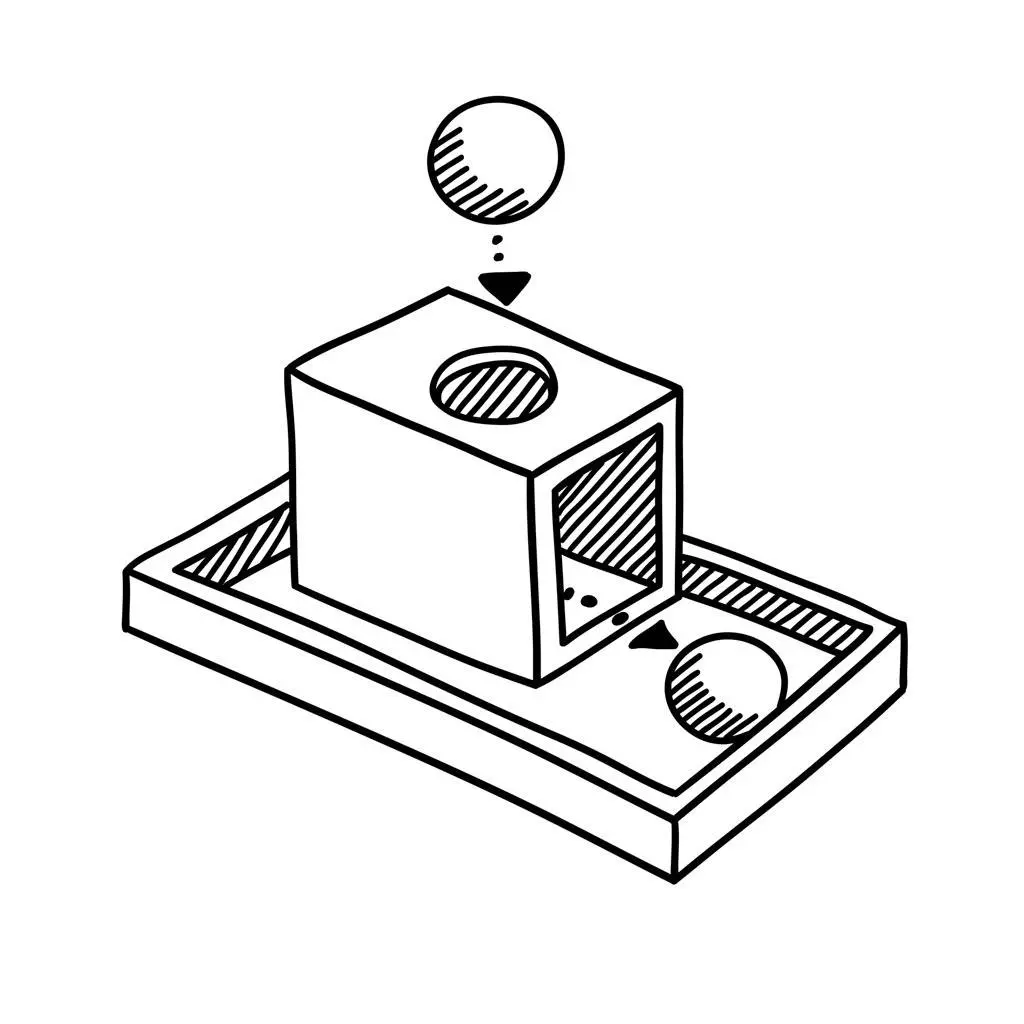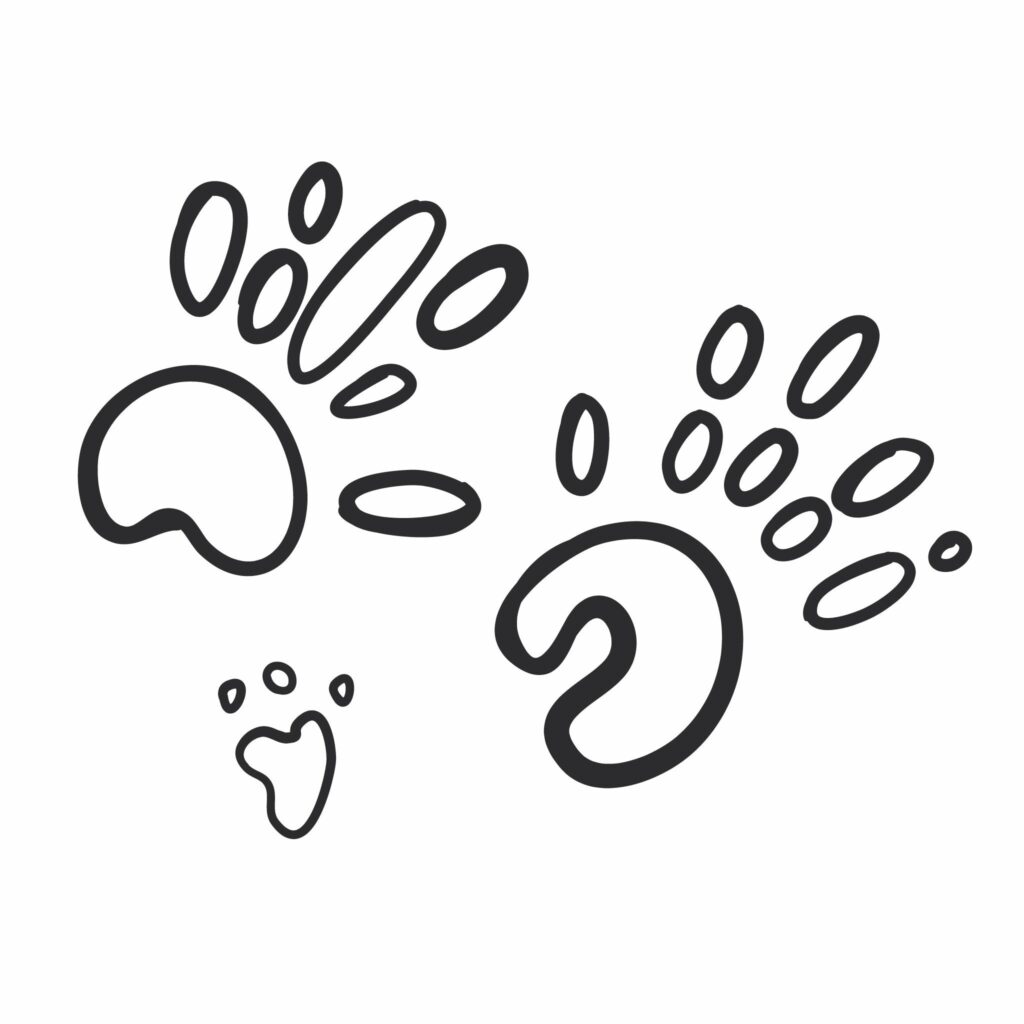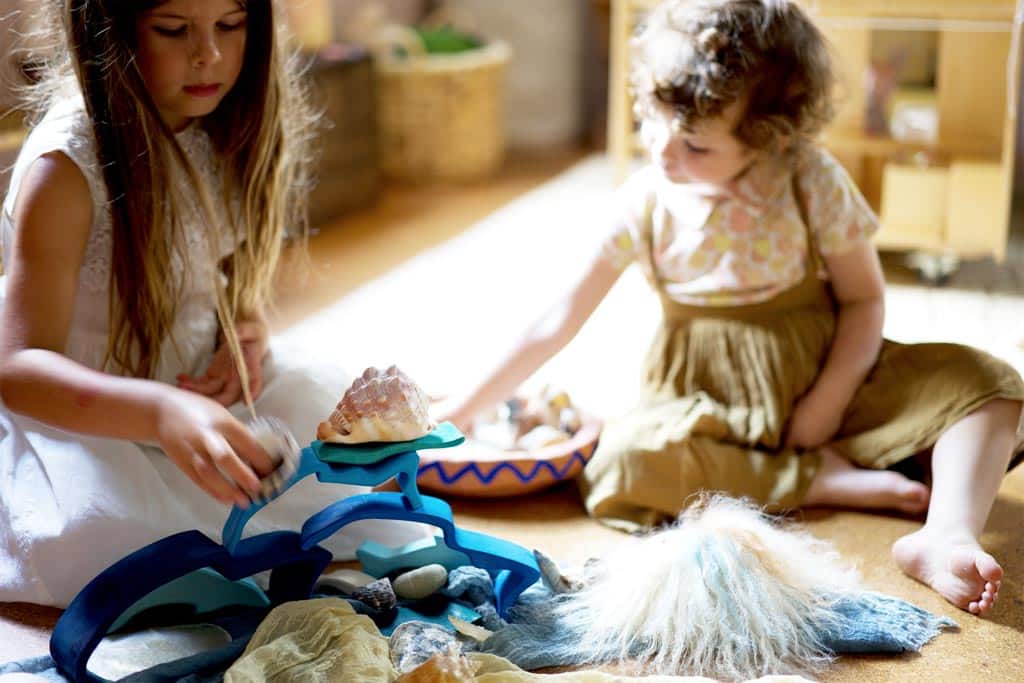Here is a toddler and here is a cardboard box.
Curious, the little boy crawls inside.
He peers out, like a fox from his den, pleased with his work.
He tugs at one of the flaps.
Now you see me, now you don’t.
It’s a discovery that amuses him greatly and he repeats the action many times.
What is he doing? Does he have a plan? What keeps him motivated?
He is enjoying heuristic play.
What does ‘heuristic’ mean?
The term “heuristic” comes from the Greek word “eureka” which, roughly translated, means “to discover.” The concept behind heuristic play is that children learn and make discoveries through their own exploration and manipulation of objects.
What is heuristic play?
Heuristic play is play, pure and simple. It is play from prehistory, before toys and games. Here is an object. What does it do? Let’s find out.
We’ve all watched as a baby or toddler makes a happy discovery, learning that one thing fits inside another or that a ball dropped into a tube appears again at the other end. The pleasing action is repeated many times until the new concept is understood.
This kind of play can last for long periods and is a great introduction to independent play for younger children. In effect, it is an extension of the treasure basket activity we recommend for the under ones.
Young children experiment with any materials they have to hand, pushing and pulling, rolling and dropping, squeezing and hammering to see what happens. This is the most interesting work a toddler can undertake.
When you find a toy that your under-three likes, it’s probably because it taps into their desire to investigate a particular concept.
There is no right or wrong with heuristic play, only discovery. Children have schemas, mental models of how the world works. Through experimentation they test those models and adjust them accordingly if new information comes to light:
Drop something and it falls to the ground. That’s an early schema about gravity. But you’ll have to modify your theory when you encounter your first bouncy ball or helium-filled balloon.
But rather than leaving these discoveries to chance, we can offer materials that encourage investigation. Try the following, to begin with. You’ll soon get the hang of it and come up with ideas of your own.
How does heuristic play differ from treasure basket play?
While both heuristic play and treasure basket play promote exploration and discovery, they cater to different developmental stages. Treasure basket play is ideal for younger babies who are sitting up but not yet mobile, usually between 6 to 12 months. These baskets are filled with a variety of objects that stimulate the baby’s senses.
On the other hand, heuristic play is designed for toddlers who are mobile and capable of exploring their environment more independently. It involves a wider range of objects and activities that challenge the toddler’s problem-solving skills and imagination.
10 examples of heuristic play
Heuristic play involves providing children with a range of everyday objects to explore and interact with. Here are 10 examples of heuristic play activities:
- Kitchen utensils. Provide children with a variety of safe kitchen utensils such as wooden spoons, whisk, measuring cups, and silicone moulds. Allow them to explore the different textures, shapes, and uses.
- Sensory boxes: Create boxes filled with materials of different textures such as sand, cotton balls, pebbles, and rice. Let children run their hands through the materials and explore the different sensations. Read more about sensory play.
- Discovery bottles: Fill small bottles with different materials like bells, rice, and beans. Seal them tightly and let children shake them to explore the different sounds they make. Read more about discovery bottles.
- Nesting and Stacking: Give children a set of different sized containers such as bowls or boxes. Let them figure out how to stack or nest them inside each other. Read more about stacking toys.
- Fabric Play: Provide various pieces of fabric with different textures, such as silk, cotton, or wool. Children can touch, drape, and wrap the fabric pieces around themselves or objects.
- Natural materials: Collect natural items such as pinecones, leaves, sticks, and stones. Allow children to explore these items, noticing their textures, smells, and shapes. Read more: Is play better with natural materials?
- Play with Light and Shadows: In a dimly lit room, give children flashlights and different objects to play with. Allow them to discover how they can create shadows and patterns with light. Read more about light and shadow.
- Tunnel Play: Create tunnels using cardboard boxes or blankets draped over chairs. Let children crawl through them and explore what it feels like to be in enclosed spaces.
- Water Play: Fill a basin with water and provide various items like sponges, cups, and spoons. Allow children to explore how different objects interact with water, such as how sponges absorb water. Read more about sand and water play.
- Mirror Play: Place mirrors at child-height and provide objects with interesting shapes and colours. Children can explore reflections and how objects and themselves look in the mirror. Read more about why babies love mirrors.
In heuristic play, it’s important for adults to supervise to ensure safety, but generally allow children to lead their own exploration without much interference. This encourages children to use their creativity and curiosity to make discoveries and learn through play.
A ‘toy box’ of heuristic materials
Rather than buying dozens of toys that your child will soon grow out of, why not create a ‘toy box’ of heuristic play materials full of materials you already have at home. Here are some things to get you started:
- Wooden spoons. Perfect for banging, reaching and posting.
- Fabric. Pieces of silk, cotton, felt, and other fabrics.
- Cardboard tubes. For rolling and posting – but watch out for chewing if your child is at the mouthing stage.
- Measuring cups and spoons. Pouring and spooning are classic heuristic activities. There’s so much to learn about capacity and ideas like ‘in’, ‘out’, ‘full’ and ‘empty’.
- Containers with lids. Like small boxes or pots. These are good for developing motor skills as well as concepts of ‘inside’ and ‘outside’. Bonus points if you can find objects with hinged lids or flaps. Screw-on and push-on lids add a further challenge.
- Natural materials. Pinecones, shells, smooth rocks.
- String and ribbon. These can be used for tying things together, measuring, or just as a tactile object to play with. NOTE: Keep string and ribbon short – it can be dangerous.
- Small baskets. To carry things around, sort objects, or store them.
- Tongs. Good for fine motor skill development. Develops the tripod grip required for pencil control.
- Brushes. Such as paintbrushes, toothbrushes or hair brushes.
More heuristic materials
- Metal pots and pans
- Boxes of different sizes
- Cotton reels
- Acrylic mirrors
- Corks
- Pinecones
- Keys
- Plastic bottles and caps
- Buckets
- Balls of various sizes
- Egg cartons
- Aluminium foil
- Whisks
- Plastic pots with lids
- Clothespins
- Funnels
- Spatulas
- Empty spice jars
- Sponges
- Shells (thick, unbreakable)
- Stones
- Feathers
- Blocks
- Bowls
- Stacking cups
- Strainers
- Beanbags
- Velcro rollers
- Wooden pegs
- Gourds
- Plastic tubes
- Trays
Toys for heuristic play
Loose parts play is the perfect heuristic activity. There are brands like Grapat you can try if you’d like to augment your collection of of heuristic materials. They’re beautiful, fun and saftey-tested – just make sure to read the label. Not all are suitable for under 3s.
Final word
Heuristic play is cheap and fun.
You’ll learn so much about your child’s development simply by how they play.

Have you run out of ideas?
What if you didn’t have to trawl the internet for play inspiration? What if your child’s freely-chosen activities were simple to set up, educational and deeply engaging?
How would that change things?
Our courses, A Year With My Child, Get Set Five and 5 Plus are designed for parents of toddlers, preschoolers and the over 5s and they’re packed full of fun and sensible advice.
Enter your email and we’ll send you free modules from each course. And then sit back and relax as your child learns to make her own fun.




